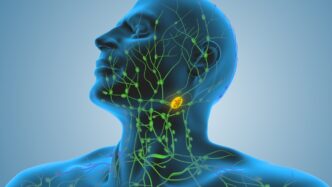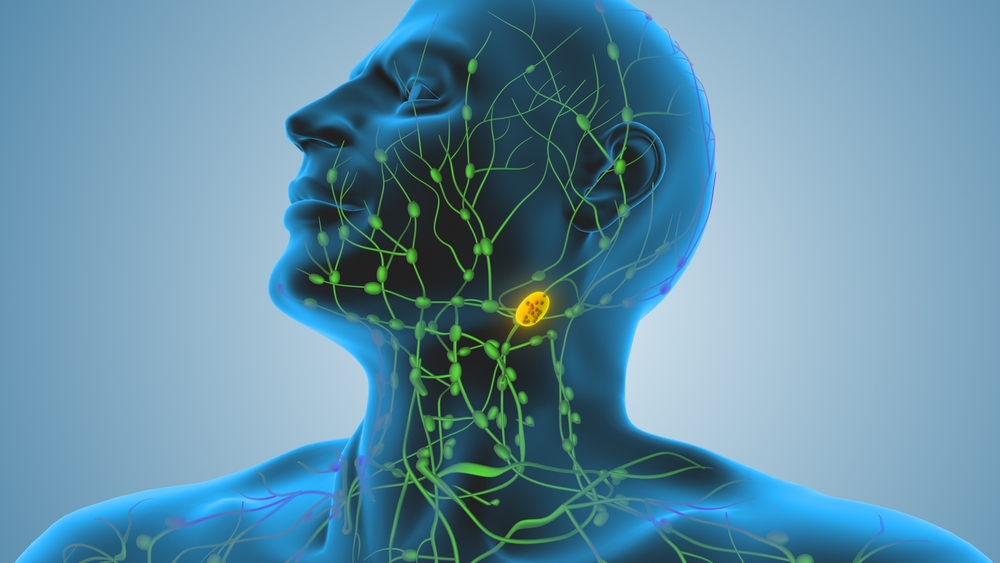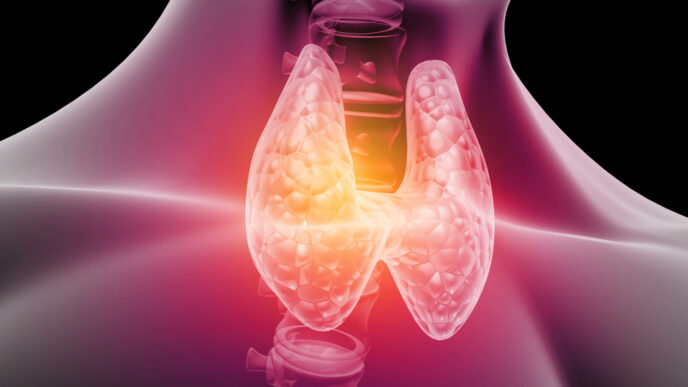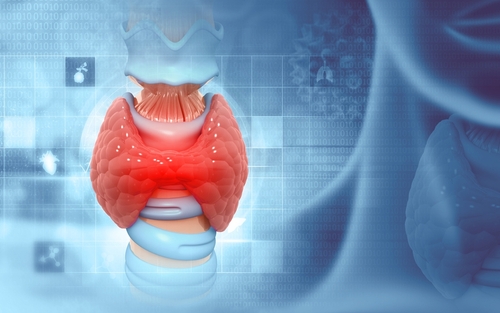Lymphoma is a type of cancer that begins in the body’s lymphatic system, which helps fight infection. It happens when white blood cells called lymphocytes grow out of control. While it may sound alarming, lymphoma is treatable, and advances in care today mean many people go on to live full, healthy lives.
WORDS ASSOCIATE PROFESSOR DR AMINUDIN RAHMAN MOHD MYDIN
 FEATURED EXPERT FEATURED EXPERTASSOCIATE PROFESSOR DR AMINUDIN RAHMAN MOHD MYDIN Consultant Clinical Oncologist KPJ Damansara Specialist Hospital |
TO UNDERSTAND LYMPHOMA, WE FIRST NEED TO LOOK AT THE LYMPHATIC SYSTEM

What Is It?
- Our lymphatic system is a network of organs, tissues, and vessels that play an important role in our defence against infections and to maintain the balance of fluids in our body.
- Instead of blood, a watery fluid called lymph travels in the lymphatic vessels.
- Lymph originates from plasma; plasma is the liquid component of blood.
How the Lymphatic System Operates
The lymphatic system helps to maintain the amount of fluids in our cells — not too much, not too little.
- When blood delivers nutrients and oxygen throughout the body, plasma seeps through the capillaries to deliver these essential goodies to the cells of our body.
- The plasma also picks up waste materials from these cells, such as carbon dioxide, and rejoins the circulation system to deliver these waste products for disposal.
However, not all the plasma in these cells return to the circulation system. The remaining plasma collect in our cells, and that’s where the lymphatic system comes in.
Such excess plasma in tissues will now move into lymphatic vessels, where it is now called lymph.
- Lymph will travel throughout the lymphatic system until the lymphatic vessel opens out into the large veins just under our collarbone called the subclavian veins.
- There and then, it rejoins the circulation system, once again known as plasma!
The Lymphatic System Plays an Important Role in the Body’s Defense System
Our lymph nodes are small glands, shaped like a bean, that house numerous white blood cells, or lymphocytes.
These lymphocytes will then look out for and destroy foreign, potentially harmful organisms found in lymph that passes through these lymph nodes, such as germs, viruses, fungi, and more.
LYMPHOMA IS THE CANCER OF THE LYMPHATIC SYSTEM
Because the lymphatic system is made up of different tissues and organs, there are a few different types of lymphoma.
Here are the two main types.
Hodgkin Lymphoma
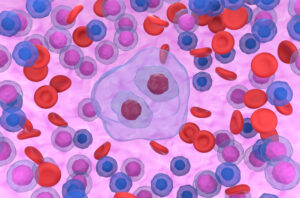
- Typically begins in the upper body (neck, chest, armpits).
- Under the microscope, a sample of cancer cells will show the presence of a certain type of cell called the Reed-Sternberg cell.
- This cancer behaves in a more predictable way than non-Hodgkin lymphoma, and is hence easier to detect and treat.
Non-Hodgkin Lymphoma
- Usually more common and aggressive than Hodgkin lymphoma.
- Can arise anywhere in the body.
- Cancer behaviour is more unpredictable compared to Hodgkin lymphoma.
Each type of lymphoma can have a few different subtypes as well.
POSSIBLE SYMPTOMS OF LYMPHOMA
Symptoms tend to be similar for Hodgkin and non-Hodgkin lymphoma.
- Painless swelling of 1 or more lymph nodes in the neck, armpits, or groin; the swelling doesn’t go away after a few weeks.
- Feeling tired constantly, even after having enough rest and sleep.
- Persistent high fever for more than 2 days, or recurrent high fever.
- Severe night sweats that leave your clothes and sheets soaking wet.
- Constant shortness of breath or dyspnoea.
- Unexplained weight loss.
WHAT CAUSES LYMPHOMA?
Just like with many other cancers, the exact cause of one’s lymphoma can be hard to identify accurately. It is possible for someone to develop lymphoma without any identifiable cause.
However, the following could increase one’s risk of developing this cancer.
- Family history, as cancer can involve mutations of genetic materials that can be passed on from parent to child.
- Weakened immune system, such as due to health conditions such as acquired immunodeficiency syndrome (AIDS) and various auto-immune diseases. Certain medications, such as those taken after an organ transplant to suppress the organ recipient’s immune system, may also increase one’s risk.
HOW IS LYMPHOMA TREATED?
Treatment options for lymphoma can vary from person to person based on their type of lymphoma, age, health status, and other factors.
In fact, how one responds to treatment can also vary. For example, someone may respond well to a certain treatment, but another person with the same type of lymphoma may not.
Hence, the oncologist will come up with a tailored treatment plan based on a case-by-case basis.
Available treatment options are mostly similar to those of other cancers, such as radiotherapy, chemotherapy, targeted therapy with biologics and biosimilars, and immunotherapy.
If necessary and appropriate, the patient may also receive bone marrow transplant should their bone marrow become unable to produce normal amounts of white blood cells.
Radiotherapy
This is an important treatment method for lymphoma.
- This treatment involves the use of high-energy rays that are directed at the area with the cancer to kill the cancer cells.
- For lymphoma, the dosage of the radiation is smaller than that used for other cancers, so there are comparatively fewer side effects.
- Recent advances in radiotherapy have allowed for the targeting of these high-energy rays over a smaller area, hence further reducing the possible side effects.
- Some types of early stage and/or slow-growing lymphoma may be cured with radiotherapy.
- For other types of lymphoma, radiotherapy is prescribed alongside chemotherapy. Here, radiotherapy is usually carried out after chemotherapy to eliminate any leftover cancer cells missed out by chemotherapy (curative radiotherapy).
| Curative radiotherapy can reduce the risk of remission, or the lymphoma coming back, in the main site of the cancer. |
Chimeric Antigen Receptor T-cell (CAR-T) Immunotherapy
- This is a form of treatment that can be effective in treating some cases of non-Hodgkin lymphoma as well as an option when other treatments fail to yield a desired outcome.
- This treatment genetically modifies one’s T-cells, the cytotoxic or ‘soldier’ white blood cells in the body, to attack the cancer cells.
| This article is part of our series on cancer as well as symptoms, detection, and treatment options. |

